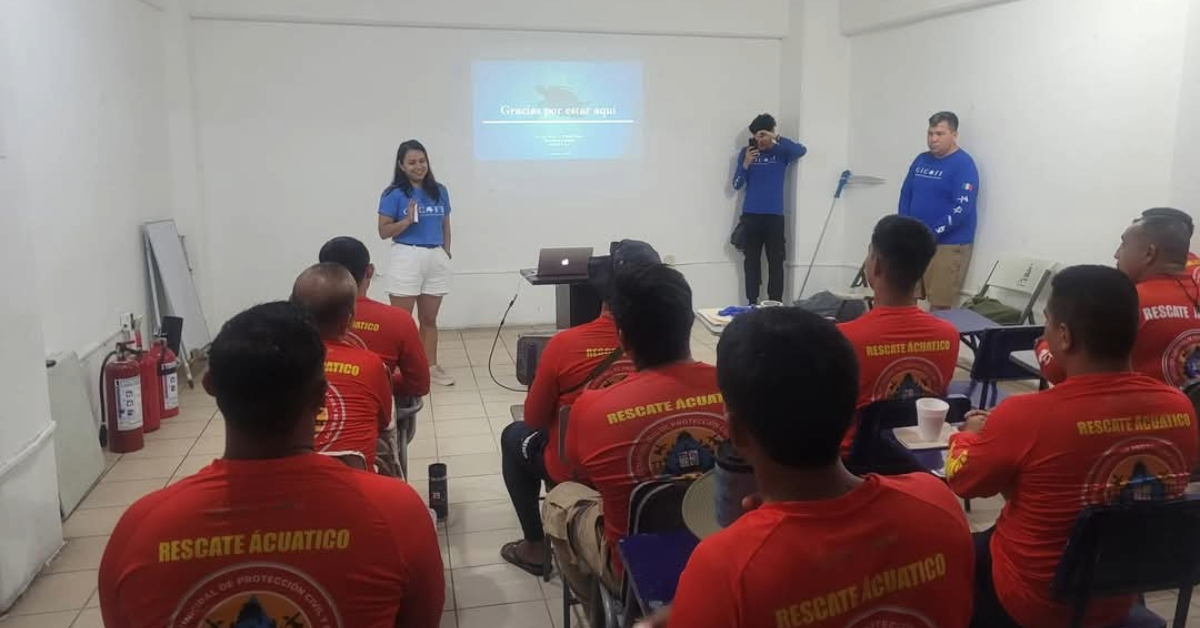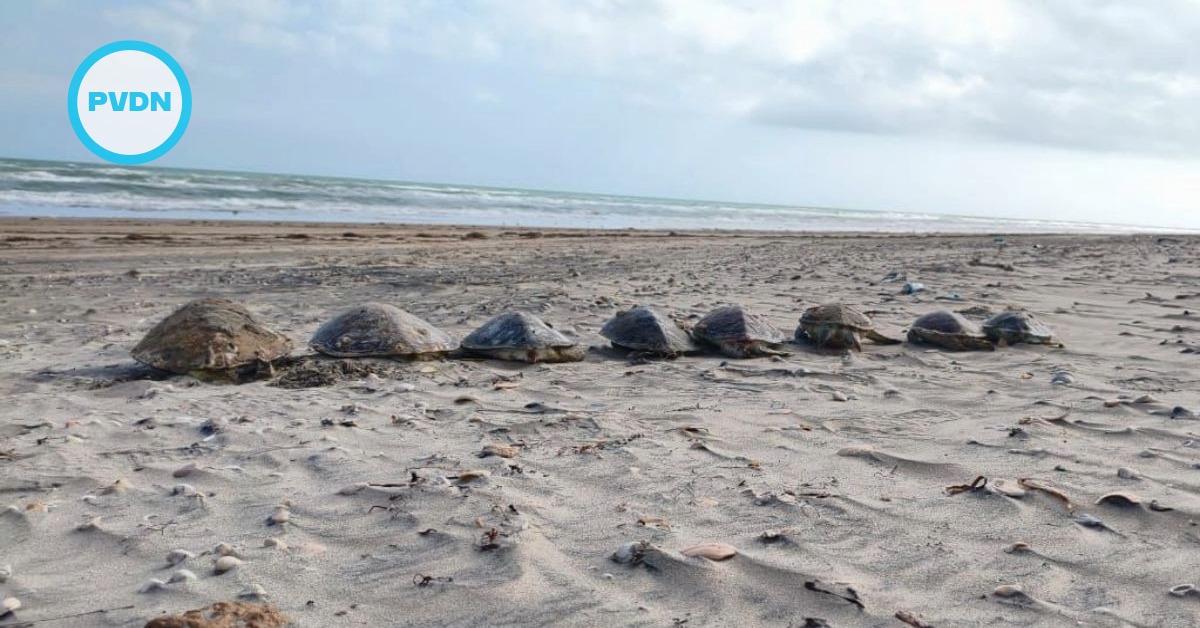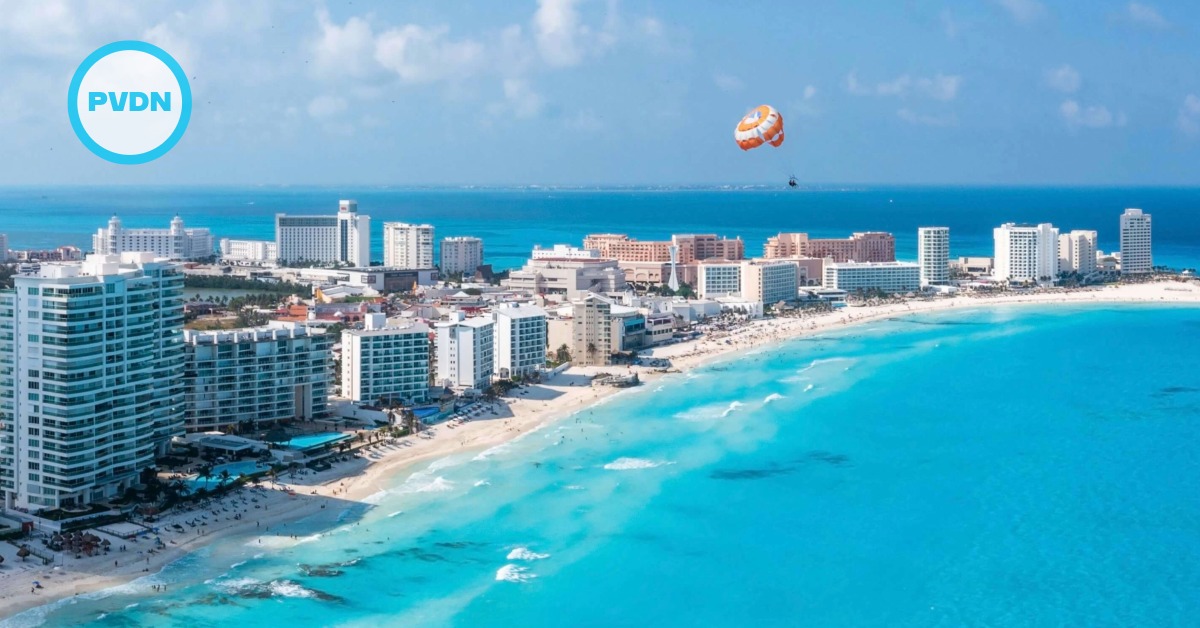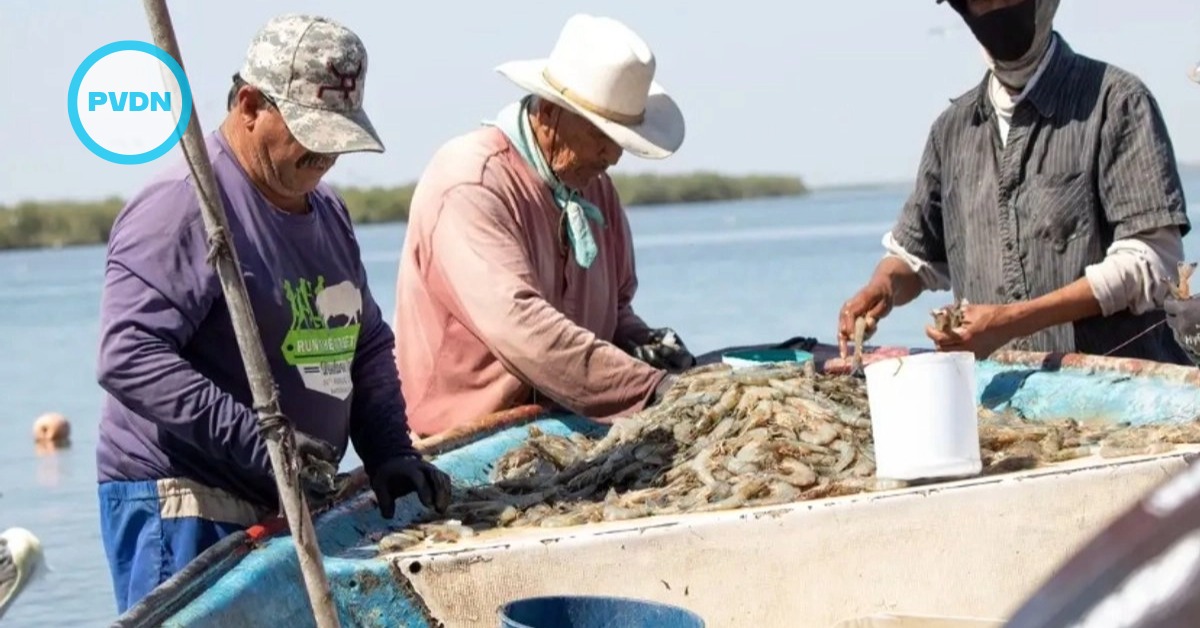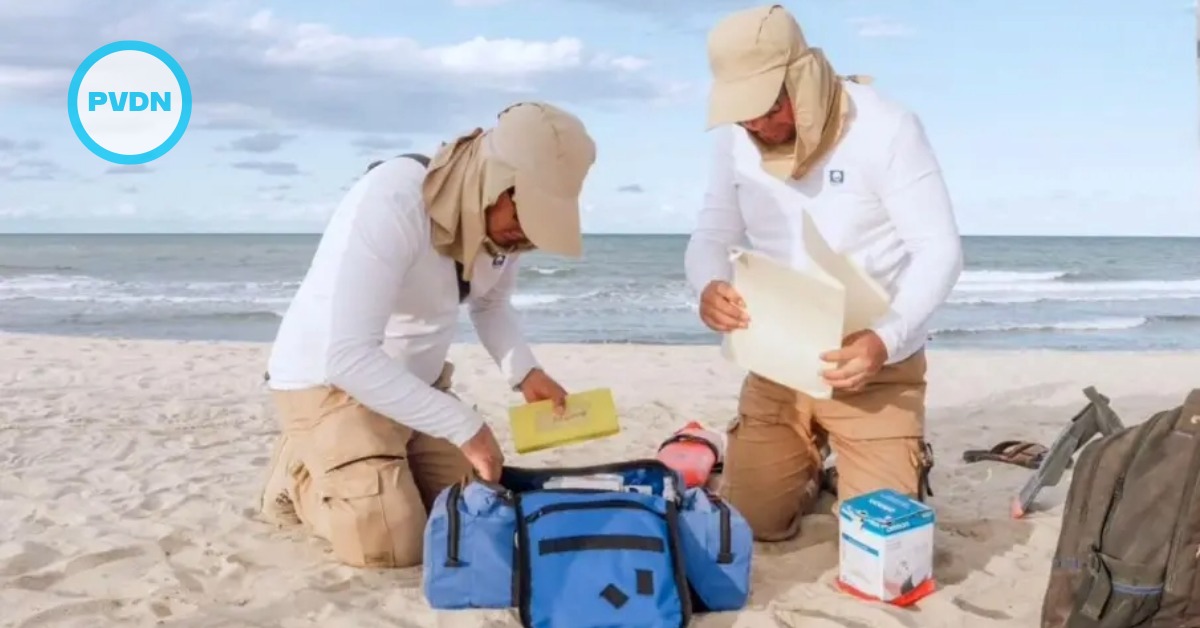Puerto Vallarta lifeguards undergo specialized training to safely rescue and handle sea turtles as nesting season begins. Supported by Semarnat and local conservation experts.
As sea turtle nesting season begins along the Pacific coast, Puerto Vallarta’s Civil Protection and Fire Department has launched a new training initiative to prepare lifeguards for the critical task of rescuing and handling marine wildlife, particularly endangered sea turtles.
In a joint effort supported by the administration of Luis Munguía, local authorities organized a comprehensive workshop that included both theoretical instruction and field exercises . . .


